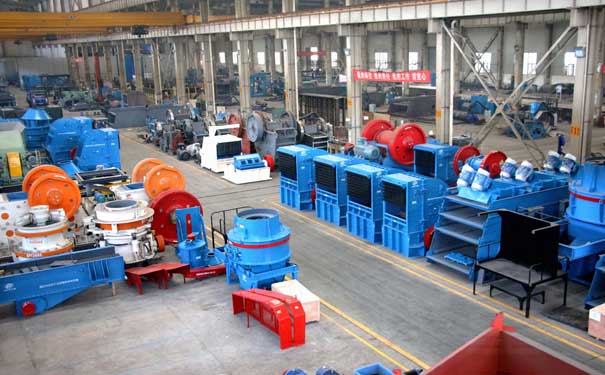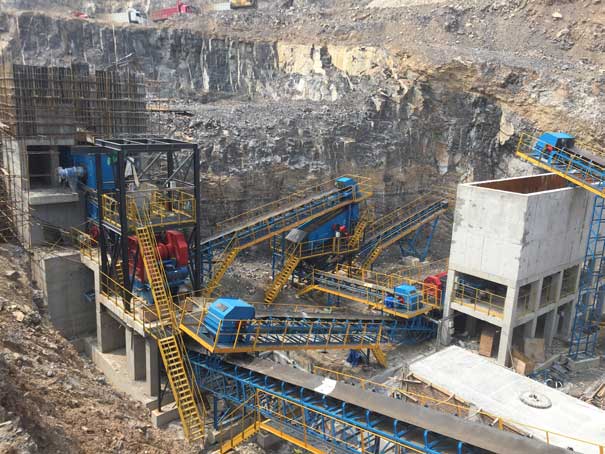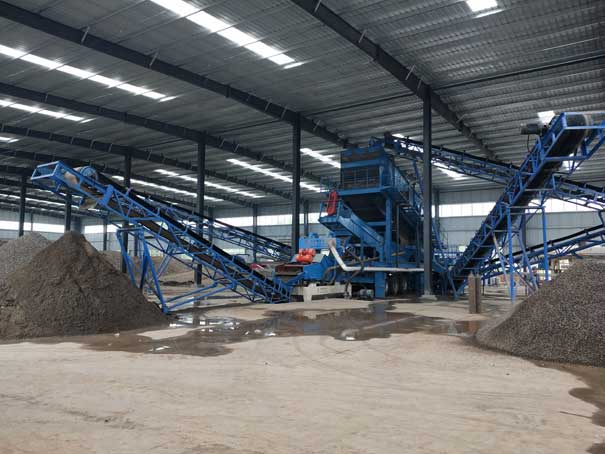Machine-made sand is a relatively hot project in recent years. It is not only supported by national policies, but more importantly, there are many types of raw materials for machine-made sand, easy to mine, low raw material prices, high prices of finished sand, high profits, and low risk. Sand making with different raw materials has different requirements for sand making equipment. To obtain high-quality machine-made sand, it is necessary to choose high-quality processing equipment to equip the machine-made sand production line with a suitable crusher. So, how to choose sand making equipment more cost-effective?
What are the common types of machine-made sand materials?
1. River pebble, granite, basalt, limestone, iron ore, etc.
These types of stones are ideal building materials with hard texture. They can be used as raw materials for stones and sand in the machine-made sand production line. For example, machine-made sand made of basalt can be mixed with concrete to reduce the weight of concrete. It also has sound insulation, The function of heat insulation is a good aggregate for lightweight high-rise building concrete; the machine-made sand produced by river pebbles is often used for road paving and building construction, and the stone powder produced during the production of machine-made sand from granite and limestone can also be reused, etc.
2. Sandstone, quartz sandstone, etc.
Sandstone is mainly composed of feldspar and quartz. It is a kind of sedimentary rock and is composed of a variety of rocks. It is a good raw material for machine-made sand in terms of grain shape and strength. The machine-made sand produced can reach or exceed natural sand. It has the advantages of non-weathering, non-melting, sound absorption, moisture resistance, etc., and is also a good building decoration material.
3. Tailings, construction waste, coal gangue, etc.
These were originally industrial wastes, but after the sand making process, these wastes are also "treasures", especially construction waste. In recent years, construction waste sand making is a very popular production project in the sand and gravel industry and has been sought after by a large number of users. Crushed stones, concrete blocks, bricks and tiles contained in construction waste can be crushed and made into new sand and gravel aggregates, and then used in highways and construction industries. Using these industrial wastes to make sand can not only save money Investment cost, high profits can be obtained and waste can be recycled to improve environmental protection benefits.
How to choose sand making equipment more cost-effective? Currently on the market, there are many types of manufacturers, sand making equipment, models, and specifications, and many users have no way to start. For this, we have prepared a plan for purchasing equipment for your reference:
1. Material properties the properties of each material are quite different. In terms of hardness alone, pebbles and granite materials are harder than bluestones, coal gangue, etc. To ensure that the crushing ratio meets the requirements, you must purchase equipment to determine the nature of the material.
2. The production requirements take into account different types of equipment, and the production design involved is also very different. Users need to have a scale budget for their own sand mills.
3. Discharge grain type this mainly depends on the purpose of the finished material. In addition to its own material, the grain type basically determines the purpose of the sand. Therefore, the user must know the destination of the sand and choose the appropriate equipment.




